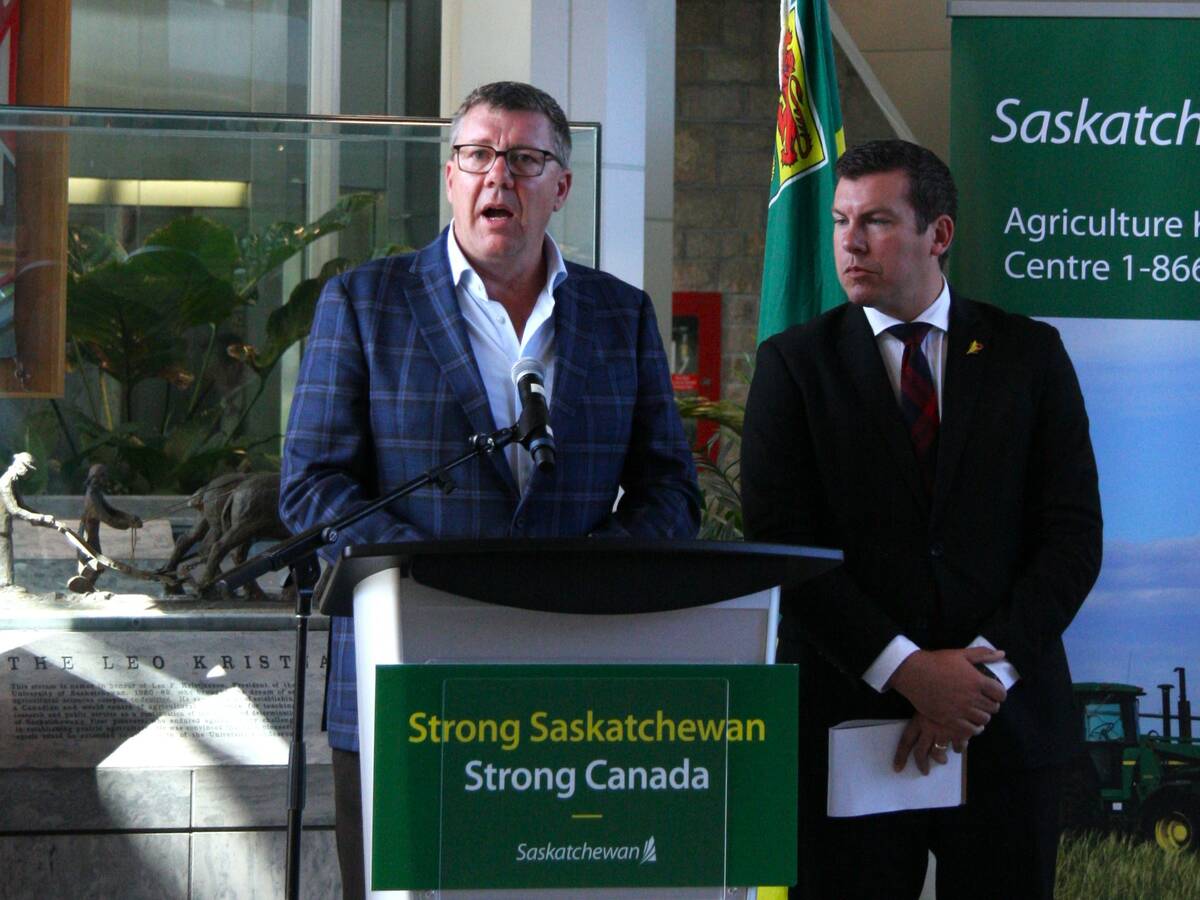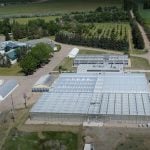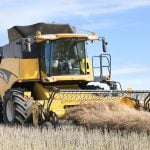The high price of keeping young plants warm is leading market gardeners to explore alternative fuels and practices this year.
Keith Beaulieu, a greenhouse and alternative crop specialist with Manitoba Agriculture, is seeing a lot of innovations in greenhouses.
Some operators are shortening the heating season by buying plant plugs rather than starting their own seedlings. Others are using coal, wood and wood chips instead of the more expensive natural gas.
“They’re still using heaters but using them as sparingly as possible,” he said.
Read Also

Key actions identified to address canola tariffs
Federal and Saskatchewan governments discuss next steps with industry on Chinese tariffs
In Manitoba, a string of warm days this spring followed by a cooler period forced growers to keep greenhouse heaters running longer. Transplanting vegetables from the greenhouse into the fields takes place in late May or early June.
To cover their costs, growers will have to increase their plant prices, Beaulieu said.
“They will pass it along as much as possible to the produce but they still have to compete with other growers,” he said. “They’re not likely to get all of their return, that’s for sure.”
Market gardener Bill Lemisko was hoeing between rows of raspberries and asparagus May 17 at his farm in Saskatchewan’s Moon River Valley.
He said diesel and gas, which he and his wife Lynn use to operate their irrigation pump, will cost them about 30 percent more this year.
The couple germinated their fruit and vegetables in a small greenhouse heated by propane before moving them inside their family home. They were forced to return the tank after failing to buy as much fuel as they had promised the supplier.
“That was going to be more expensive,” Lynn said. “We can’t understand how you can make any kind of a profit with the cost of fuel.”
Their business, now in its third growing year, is feeling its way through, as they try to determine what crops will earn the best return.
Their strategy is to be frugal and use manual labour wherever possible.
“You think twice every time you do something,” Lynn said.
Bill is studying heating alternatives for the greenhouse that include the use of passive solar heating.
A few kilometres away, shoppers mill about multi-coloured flower pots and lush green bedding plants in greenhouses heated this spring by natural gas and coal.
Priscilla Mah, owner of Floral Acres, installed coal-fired boilers five years ago to heat some of their greenhouses in anticipation of rising fuel prices.
“I do not know if we can afford to operate with natural gas,” she said, noting coal can heat for half the price of gas.
Both Mah and Dylan Hawk of nearby Little Sprouts Greenhouses would prefer a cleaner burning fuel, but noted the majority of greenhouse growers use coal.
“We’d like to have a little more thought on the environment,” conceded Hawk, who is exploring the feasibility of a geothermal system.
Hawk, who acquired the greenhouses this past year and their natural gas heating system, spent about $5,000 keeping bedding plants, fruits, vegetables and perennials warm from January to April.
He estimated heating costs have risen about 20 percent in the last year.
“You have to incorporate that into the (plant) price,” he said.
















